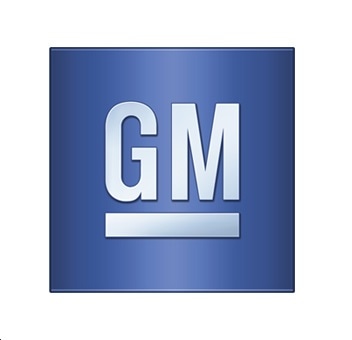GM規格 GMW3359, 7th Edition, 2020: Non-Electrolytically Applied Zinc-Rich Coating
※当ウェブ・ショップに掲載のない規格につきましては、別途お問合せ下さいませ。
※掲載の規格は、当ウェブ・ショップに掲載時点で確認できた最新版でございます。 最新の発行状況につきましては受注時に改めて確認をさせて頂きますので予めご了承下さい。
Description
This standard covers the basic requirements for a corrosion resistant non-electrolytically applied zinc-rich coating. Besides corrosion protection, the coating also provides consistent frictional properties.
Note: Nothing in this standard supercedes applicable laws and regulations.
Note: In the event of conflict between the English and domestic language, the English language shall take precedence.
Purpose/Material Description.
This coating specification covers zinc flake coating with or without a top coat.
Coating Types:
Three levels of corrosion protection are provided by the following types:
Type A: High corrosion resistant coating.
Type B: Medium corrosion resistant coating.
Type C: Low corrosion resistant coating.
Note: When not explicitly specified, the default coating type shall be Type A. Parts contracted and Production Part Approval Processed (“PPAPed”) before January 1, 2014, that is without the coating Type (A, B, or C) specified, may continue to default to Type B.
Note: Type C coating systems may be without top coat if coefficient of friction (CoF) requirements are met. Treatment with an additional lubricant to meet CoF is permissible.
Symbols.
Not applicable.
Applicability.
This coating is suitable for externally and internally threaded fasteners size M6 or larger, and other ferrous parts where high level of corrosion protection and freedom from hydrogen embrittlement are required. This coating is not recommended for the following types of parts:
• Bolts and nuts of sizes < M6.
• Parts with internal drive recess and blind holes.
• Parts mating against magnesium surfaces.
• Loose washers with diameter < 14 mm.
• Parts where electrical conductivity is required.
Remarks.
This coating process does not generate hydrogen; however, pre-treatment processes, i.e., acid pickling could cause hydrogen adsorption. Non-electrolytically applied zinc-rich coating has high permeability which allows effusion of hydrogen during curing which might have been absorbed during acid pickling. See precautions in 3.1.1.
Use of this coating system on threaded surface and/or bearing surface of joints could affect the torquetension relationship. It is recommended that a torque-tension study of the fastener joint be performed before releasing this finish on any new application.
The corrosion performance is influenced by part geometry, substrate material, and application process. The coating systems approved to this specification were tested to meet all requirements using common steel fasteners. For new designs, applications, and parts with complex geometries or difficult to clean material such as castings and powder metal, extra validation testing is highly recommended.
This finish is suitable for service temperatures from -50 °C to +120 °C. Applications outside of this temperature range shall be reviewed with the responsible Materials Engineering organization before usage.
Dip-spin coating is a bulk process. If parts are prone to nesting, stick together (flat washers), or easily damaged by mechanical tumbling, dip-spin coating method is not recommended. Alternatives include spray and dip-drain methods.
In the case of flat washers, additional handling may be required between the coating and curing step to reduce the amount of parts sticking together. Final sorting of parts stuck together will be necessary to ensure all washers have sufficient coating on both sides.
Shot blasting is not a preferred pre-treatment method for internally threaded parts (nuts), nut-washer and bolt-washer assemblies. If shot blasting is used, extra care shall be taken to ensure shots are not trapped in the coated parts.
This coating is relatively soft, and is prone to “dusting”. It is expected that equipment handling high volumes of coated parts (such as automated bolt feeders) will require regular cleaning to remove the coating dust.
The curing process of these coatings occurs between 200 °C to 350 °C and may temper high hardness metals. It is the responsibility of the fastener manufacturer to ensure their parts still meet mechanical and material requirements after coating.











